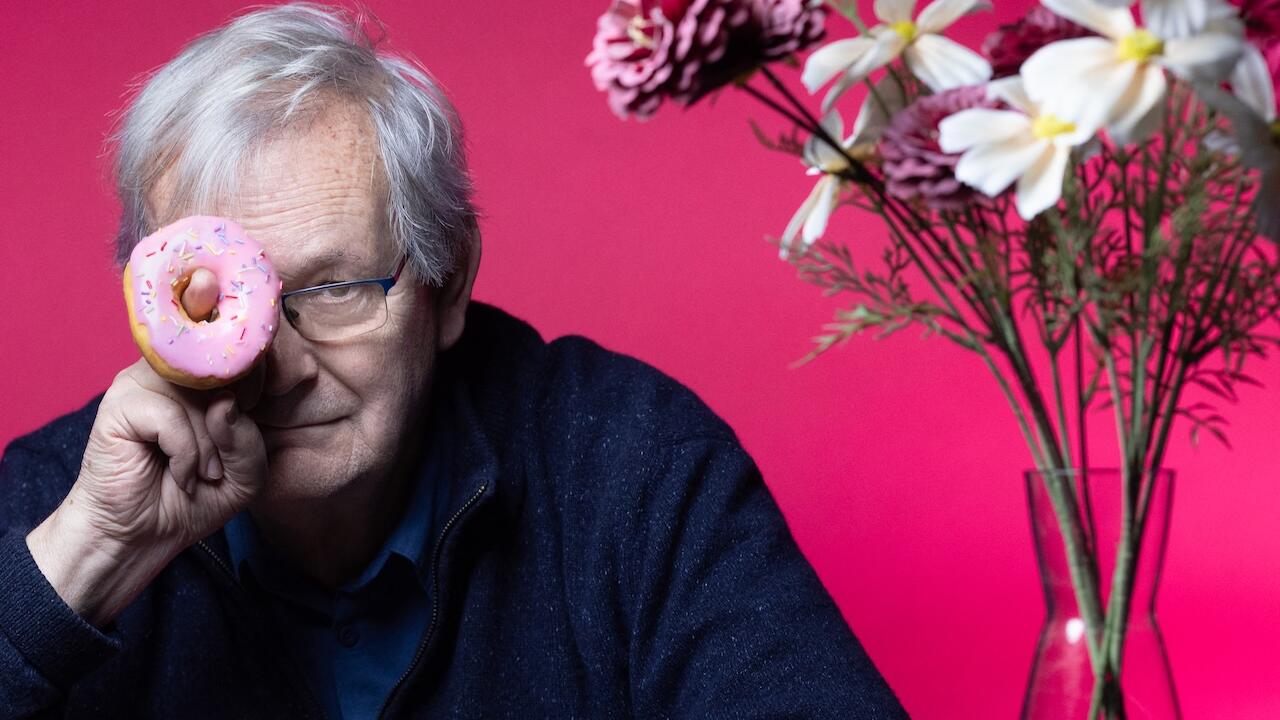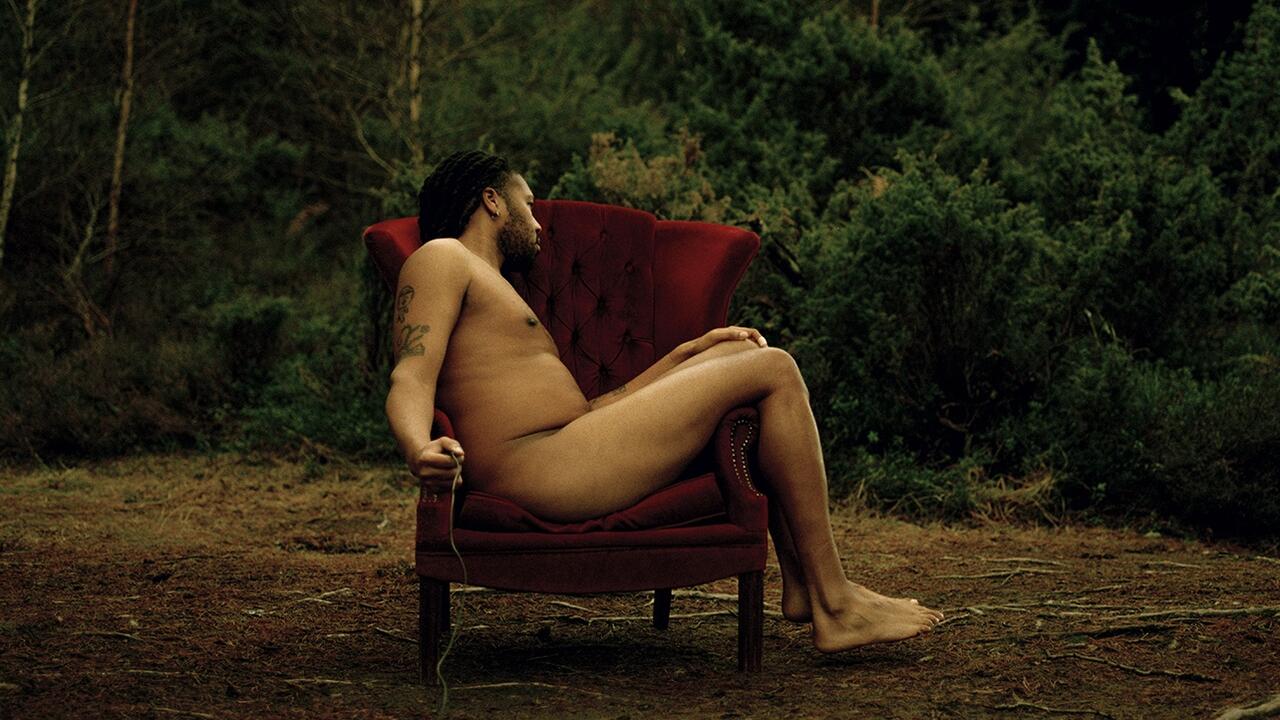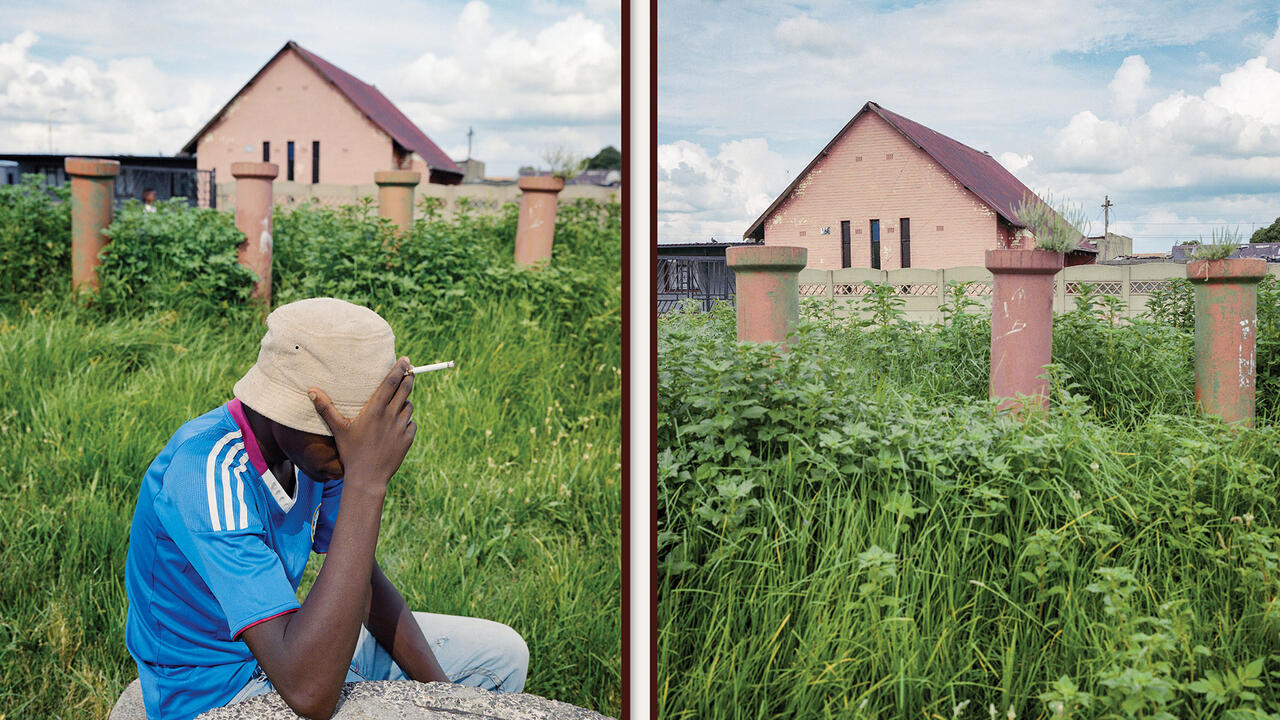Influences: Annette Kelm
From early Vogue shoots and Hollywood’s golden era to domestic still lifes, the photographer reveals the images that have inspired her
From early Vogue shoots and Hollywood’s golden era to domestic still lifes, the photographer reveals the images that have inspired her

A still life stops time, twice over. Photography is always time-determined: a single exposure is bound to a single moment; yet, a still life means making everyday objects stand still, too, taking them out of circulation or use. That’s what always interested me about photography.
My photographic influences are diverse: they include Pictures Generation artists such as Jack Goldstein and Jim Welling, who was very supportive when I lived in Los Angeles about 12 years ago. I have always appreciated photography’s relationship to conceptual art – for example, in the works of Bernd and Hilla Becher, Dan Graham or Douglas Huebler. But I especially like the deliberate artificiality and constructedness in the work of early Vogue and Harper’s Bazaar photographers such as Horst P. Horst, George Hoyningen-Huene and Louise Dahl-Wolfe. This interest in the constructed aspect of the image also accounts for my love of the visual techniques from silent-era Hollywood movies. Kenneth Anger’s book Hollywood Babylon (1959), which detailed the reality of 1950s film stars, is a key work for me. Like Anger, I have a passion for early cinema techniques, such as ‘day for night’, a method used to imitate darkness. In the early days of film, it was impossible to shoot in the dark, so they would push the film exposure three stops down during daylight. The result looks likes night, but you can see that the shadows are a bit unnatural.

At my studio I keep books, catalogues and magazines about art, architecture and design, such as Nest, an out-of-print interiors magazine, and an auction catalogue from the sale of Karl Lagerfeld’s collection of Memphis design. Lagerfeld decorated his home in one style and then sold the whole collection at Sotheby’s. The catalogue for Harald Szeemann’s exhibition ‘Der Hang zum Gesamtkunstwerk’ (The Inclination towards the Total Work of Art, 1983), his show about utopias and imagined universes, is really important to me, with its reproductions of Antonin Artaud drawings and images of a Wurlitzer organ; D.W. Griffith’s set from the film Intolerance (1916), depicting an imagined Babylon; Gabriele D’Annunzio’s island with a stone ship-wreck; and the Goetheanum, a brutalist concrete edifice near Basel. I also keep fashion photographs by Bruce Weber and Herbert Tobias, as well as Dorothy Draper’s book Decorating Is Fun! (1939).
In 1997, aged 22, I applied to the University of Fine Arts of Hamburg with welded sculptures and paintings. I took photographs as a starting point for my work, but I came to realize that I preferred the images to the objects. At the time, I was looking a lot at US photography from the east and west coasts. New Color Photography (1981), by Sally Eauclaire, was a real discovery in the school library. One of the first photography books that I bought was a monograph on Jan Groover – I was really impressed by the distinctiveness of her kitchen still lifes.

I grew passionate about colour photography, but it wasn’t popular at the academy, where there was no colour lab. Colour photographs were associated with advertising, so artists using the medium had to make it very clear that they were not into commissioned work, but were ‘independent’. Wolfgang Tillmans came as a visiting professor in 1998 and I studied with him for a year. Around the same time, the product photographer Hans Hansen started teaching at the University of Applied Sciences, next to the art school. My friends Anna Voswinckel and Hendrik Schwantes – now a curator and a designer – were students there, so I snuck in. It was perfect for me to be exposed to both Tillmans and Hansen: two figures working at opposite ends of colour photography. Above all, it was a relief that I didn’t have to explain why I wanted to take colour photographs. After that, Cosima von Bonin came to the university for a year. She was my most important ‘teacher’, but that’s a whole other story. Later, in Berlin, I met and became friends with Michael Schmidt, also a friend of Hansen, who photographed the Berlin cityscape during and after the wall.
For Hansen, the question of whether something was art or advertising or commercial photography was irrelevant – it was simply about taking good pictures. Even when he was doing commissioned work – for Kodak or Volkswagen, for example – he always experimented with light and studio settings. Aside from improving flash-light techniques, he convinced Volkswagen to build an egg-shaped studio for car photography. There had never previously been – and may never again be – as much money invested in advertising production as there was during the 1980s and ’90s.
Hendrik and I recently curated an exhibition of Hansen’s work at Camera Austria, Graz, which toured to C/O in Berlin, where it coincided with a show of my own works. Hansen and I are friends, but I’ve never seen him taking photographs in his studio. I’ve always wondered what it must be like when he is working on, say, a still life of food: would it be like Harun Farocki’s film Stilleben (Still Life, 1997)?

I loved the simplicity of the 4 × 5 inch field camera: a black box with a lens on the front, producing large-format negatives. You see the image upside down on the focusing screen. I liked the slow mode of working, which contrasts to the speed and facility of other means of image production. For an outdoor car shot, for example, Hansen and his team would get up at 3am and wait until the light was just right. If a fly landed in front of the lens, they’d have to do it all over again. In 1988, he made an iconic photograph for Volkswagen showing all the component parts of a Golf, disassembled in one picture. Imagine: everything was shot analogue on Ektachrome film, which barely tolerates any under- or over-exposure.
Advertising photography has changed a lot since then: today’s images demand an emotional response from the viewer. Whereas previously it was about making technically good photographs, it later became widespread to use a snapshot that said: ‘Life is good.’ This kind of pathos-inducing imagery is what we have become accustomed to today. My own relationship to the medium is more akin to the way Anger viewed the Hollywood silent-movie era: I am drawn to the performance of camp, to the extreme exaggeration of 1980s and ’90s advertising imagery. Often, when I take pictures, I think about photography as an imaginary performance – I feel like the photographer in Farocki’s film.

I’ve always been interested in display, too. In Mitten im Malestream (In the Midst of the Malestream, 2005), the German feminist filmmaker Helke Sander shows a vitrine from the Haus der Geschichte der Bundesrepublik in Bonn. Containing lilac dungarees, which were popular with West German feminists in the 1970s, as well as some magazines and records, this little vitrine claims to represent the second wave of German feminism in its entirety. I went to several other history museums and found displays that were set up in the same way. My photographs point out the constructed nature of such presentations, which reveal much about how history gets written.
With Hansen’s works, you can’t tell which of his photographs are digital and which are analogue: it’s about the result, rather than the technique or the specific camera. I meet a lot of male photographers who ask me what size and make of lens I use. I took photographs of a car because I wanted to explore a subject matter that is traditionally perceived as male. In the end, it’s about the image.
Main image: Annette Kelm, Still Life with Spring, 2017, 80 × 120 cm. Courtesy: the artist, König Galerie, Berlin, and Andrew Kreps Gallery, New York






















